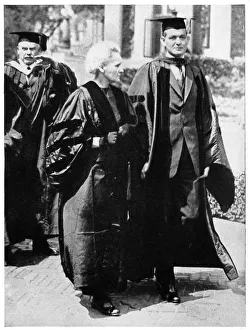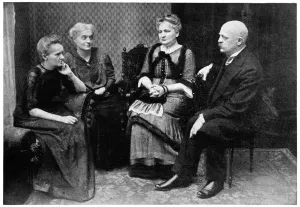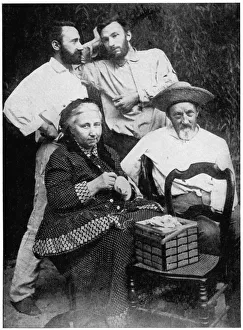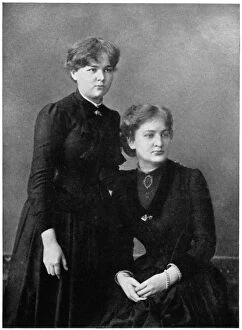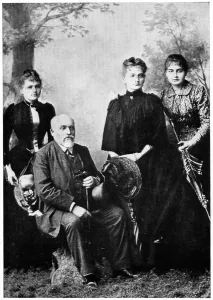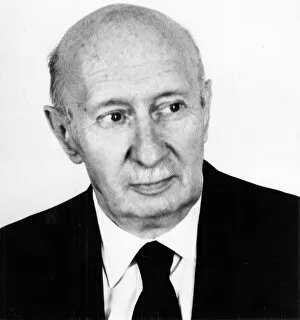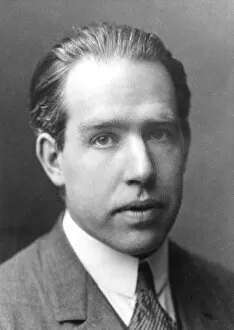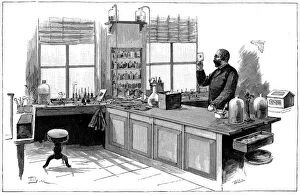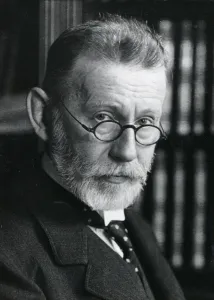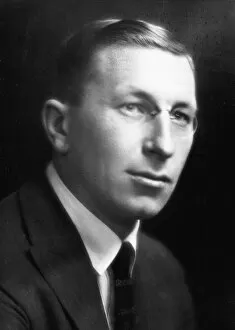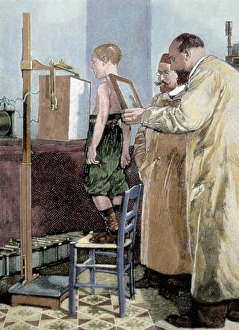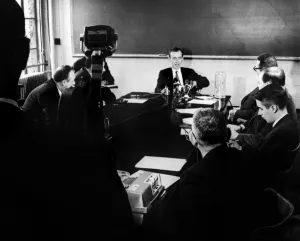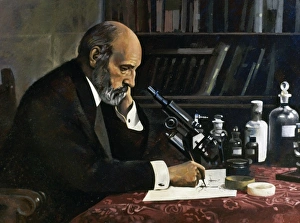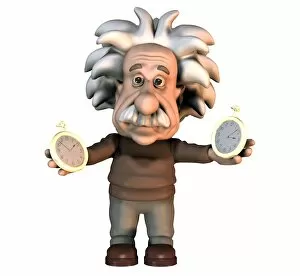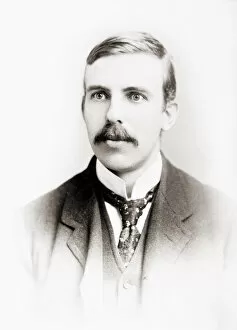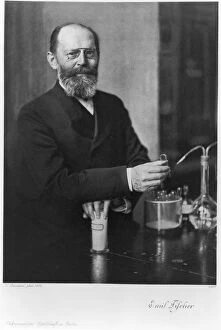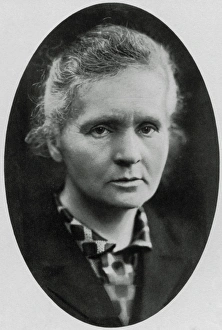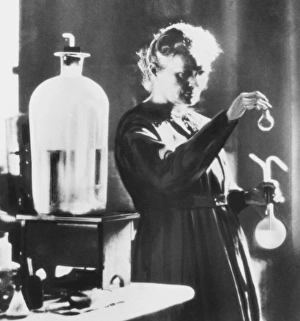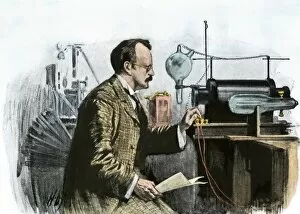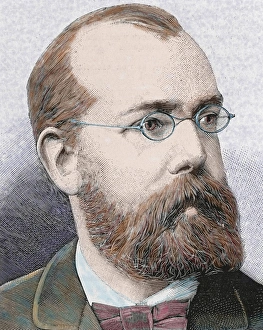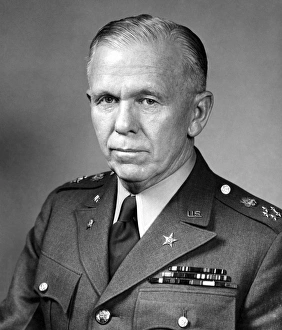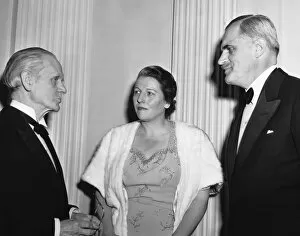Nobel Prize Collection (page 5)
"The Nobel Prize: Celebrating the Brilliance of Scientific Minds" Watson and Crick with their DNA model
All Professionally Made to Order for Quick Shipping
"The Nobel Prize: Celebrating the Brilliance of Scientific Minds" Watson and Crick with their DNA model: Unveiling the Blueprint of Life - Watson and Crick's groundbreaking discovery revolutionized genetics. Richard Feynman, caricature C015 / 6715: Feynman's Quantum Leap - The enigmatic physicist who reshaped our understanding of subatomic particles. Albert Einstein: The Genius Behind Relativity - Einstein's theories continue to shape modern physics and inspire generations. E. Rutherford in the Cavendish Laboratory: Unraveling the Atom's Secrets - Rutherford's experiments paved the way for nuclear physics advancements. Kapitsa and Androv, Russian physicists: Soviet Pioneers Pushing Boundaries - These brilliant minds contributed significantly to various fields of physics. Watson and Crick, DNA discovers: Unlocking Life’s Code – Their iconic double helix model revealed nature’s most profound secret. Albert Einstein, artwork: Imagination Meets Reality – Einstein's unparalleled intellect transformed scientific thinking forever. Computer artwork of Albert Einstein and E=mc2: Einstein’s Equation Unleashed – The equation that unlocked unimaginable energy potential continues to shape our world today. Marie Curie, caricature: Radiant Trailblazer – Curie shattered gender barriers as a pioneering scientist in radioactivity research. Albert Einstein, caricature: The Iconic Physicist Personified – A symbol of genius whose ideas transcend time itself. Erwin Schrodinger, caricature C013 / 7591: Quantum Maverick at Play– Schrodinger challenged conventional wisdom with his famous thought experiment on quantum superposition (the cat paradox). PSCI2A-00043: Celebrating Excellence in Science– The prestigious Nobel Prize recognizes exceptional contributions to humanity's knowledge and progress.

